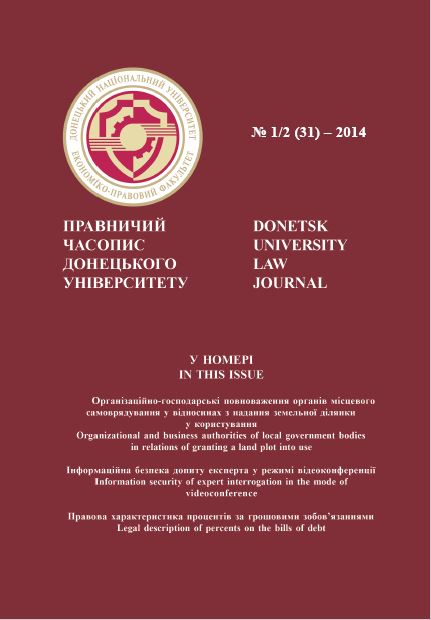Ulozhenie 1649 — the problem of violation of symphonic continuity in the Russian state.
Keywords:
симфония властей, диархия, православная монархия, православиеAbstract
The article identifies and analyzes the main violations in various fields symphony of church-state relations, legislated in Ulozhenie. The uniqueness of the Byzantine and Russian church-state relations was determined that their dual power nature of sovereignty and the symphony of powers, under which the consent was achieved in all areas. Violations of the 2nd symphony of powers basis — «honoring the priesthood and the kingdom», which are structurally fixed in Ulozhenie concerned two areas: the limitations of the ecclesiastical court and church property. Show a tendency to substantially limiting the ecclesiastical court that directly concerned the limitation of the power of the patriarch, and the further growth of the church property. Numerous restrictions on the power of the patriarch in different areas destroyed equality and balancing state and church authorities and actually distorted dual power nature of their relationship, which led to serious consequences: elimination of the institute ofthe patriarchate and destruction of the monarchy. These violations played a decisive role not only in the distortion dual power nature of governance, but in the current crisis symphony of powers.
However, despite these violations, there was still a possibility to save the national foundations of the state of development, albeit briefly.
References
Вернадский Г. В. Византийские учения о власти царя и патриарха/ Г. В. Вернадский// Сборник статей, посвященных памяти Н. П. Кондакова. — Прага, 1926. — С. 144-154.
Острогорский Г. А. Отношения церкви и государства в Византии (Доклад, прочитанный на V съезде русских ученых в Софии) // Seminarium kondakovianum. — Вып. 4. — Praha, 1931. — С. 122-132.
Седых Т. Н. Теория «Симфонии властей»: история и современность / Т. Н. Седых// Вестник МГУ. — Серия 12. — Политические науки. — 07.2008. — №4. — С. 31-37; Черных В. Д. Особенности взаимоотношений русской православной церкви и государственной власти в период идейного кризиса Московского царства [Электронный ресурс]. — Режим доступа: http: // www.gramots.net.; Малер А. Возвращение к Симфонии [Электронный ресурс]. — Режим доступа: http: //www.apn.ru/publications/article1539.htm; Костогрызова Л. Ю. Симфония властей в Византии: опыт взаимоотношения государства и Церкви / Л. Ю. Костогрызова [Электронный ресурс]. — Режим доступа: http: //www. Bogoslov.ru/text/1609881.html; Козьякова Н. С. Отношения церкви и государства в общественно-политической мысли Византии и России / КозьяковаН. С. [Электронный ресурс]. — Режим доступа: http: //www.evestnik-mgou.ru.
Лещенко І. І. Теорія «симфонії влад»: джерела та наступність / 1.1. Лещенко // Правничий часопис донецького університету. — 2008. — № 1(19). — С. 92-98; Лещенко І. І. Порушення симфонії влад у Росії в другій половині XVII ст.: основні причини та наслідки / І.І. Лещенко // Історичні і політологічні дослідження. — 2008. — № 3-4(39-40). — С. 212-217.
Архиепископ Серафим (Соболев). Об истинном монархическом миросозерцании. — M.-СПб.: «Лествица», 2002. — 543 с.
Российское законодательство X-XX веков. В девяти томах / Под ред. О. И. Чистякова. — M.: Юрид. лит., 1985. — Т. 3. — 510 с.

